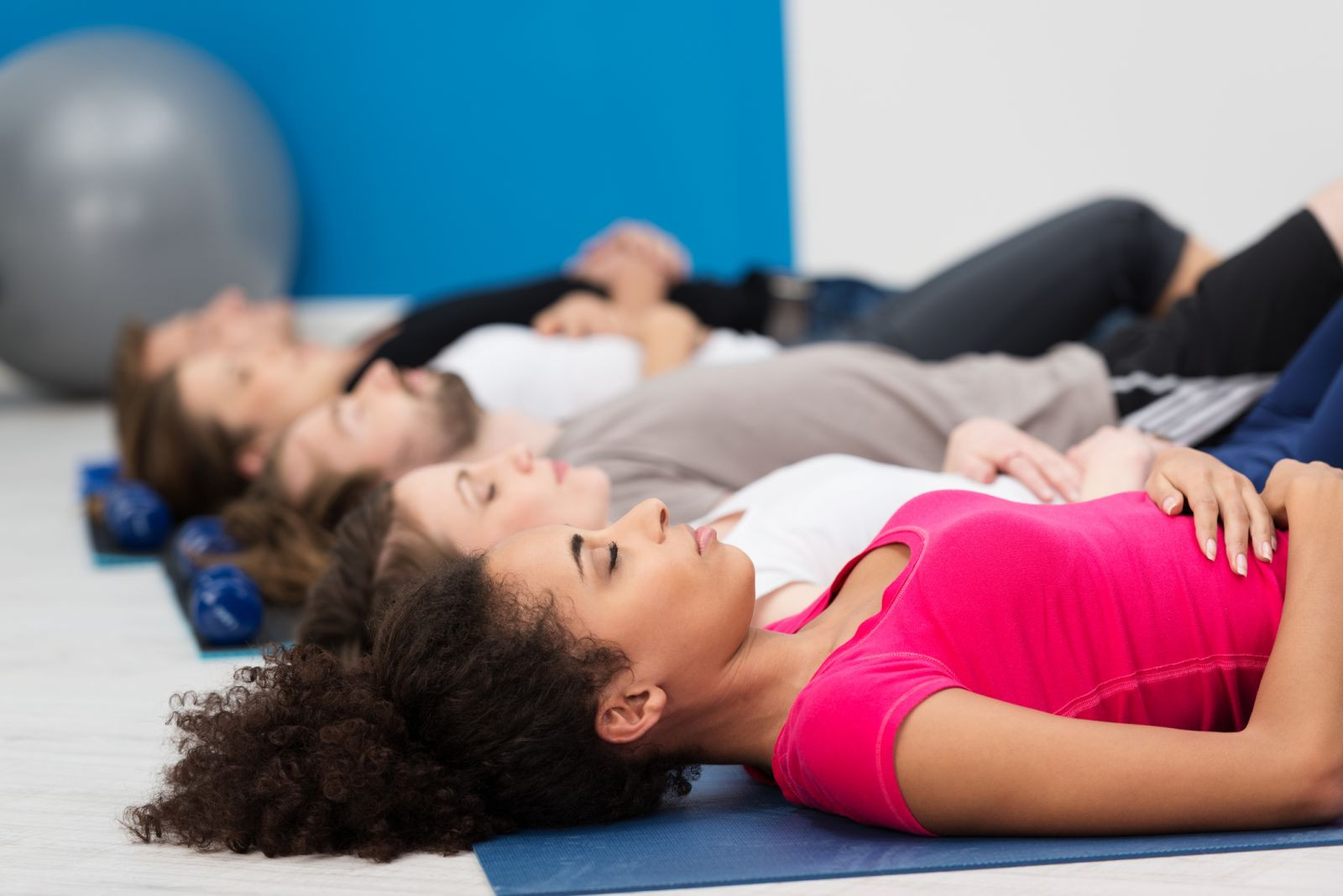In our fast-paced, interconnected world, finding moments of calm and relaxation has become essential for maintaining our mental and physical well-being. Relaxation techniques offer a powerful antidote to the stress and anxiety that can accumulate in our daily lives. By intentionally engaging in practices that promote relaxation, we can restore balance, reduce tension, and cultivate a greater sense of peace and tranquility. Let’s explore a variety of relaxation techniques, from mindfulness meditation to deep breathing exercises, and discover how they can help us navigate the challenges of modern life.
Understanding Relaxation Techniques
Relaxation techniques are intentional practices that promote a state of calmness, reduce stress, and restore balance within the mind and body. These techniques can be simple and easily integrated into our daily routines, allowing us to cultivate a sense of relaxation and well-being in any environment. By dedicating time to relaxation, we create a space for self-care, rejuvenation, and inner peace.
Popular Relaxation Techniques
- Mindfulness Meditation: Mindfulness meditation involves focusing your attention on the present moment, observing thoughts and sensations without judgment. This practice cultivates awareness, clarity, and a sense of calm by training the mind to stay present and grounded.
- Deep Breathing Exercises: Deep breathing exercises involve intentionally slowing down and deepening your breath. This technique activates the body’s relaxation response, reducing stress, and promoting a sense of calmness.
- Progressive Muscle Relaxation: This technique involves systematically tensing and relaxing each muscle group in your body, promoting deep relaxation and releasing physical tension. By focusing on each muscle group, you enhance body awareness and encourage a state of tranquility.
- Guided Imagery: Guided imagery involves using your imagination to create calming and peaceful mental images. This technique can transport you to serene environments and evoke positive emotions, promoting relaxation and reducing stress.
- Yoga and Stretching: Engaging in gentle yoga poses and stretching exercises helps release tension from the body, increase flexibility, and promote relaxation. The combination of physical movement and mindfulness enhances overall well-being.
- Massage and Bodywork: Massage and bodywork therapies, such as Swedish massage, deep tissue massage, or aromatherapy, provide a nurturing and relaxing experience. These techniques help alleviate muscular tension, promote circulation, and induce a state of deep relaxation.
The Benefits of Relaxation Techniques
- Stress Reduction: Relaxation techniques are powerful tools for managing stress. By engaging in practices that induce relaxation, you can lower cortisol levels, reduce anxiety, and improve your overall ability to cope with the demands of daily life.
- Improved Mental Well-being: Regular relaxation practice fosters a sense of calmness, clarity, and emotional balance. It enhances self-awareness, cultivates positive emotions, and improves mental resilience.
- Enhanced Physical Health: Relaxation techniques have a positive impact on physical health. By reducing stress, they can lower blood pressure, improve sleep quality, boost the immune system, and relieve muscular tension and pain.
- Increased Focus and Concentration: Relaxation practices, such as mindfulness meditation, improve focus and concentration by training the mind to remain present and attentive. This enhanced mental clarity can positively impact productivity, decision-making, and overall cognitive function.
- Emotional Well-being: Relaxation techniques promote emotional well-being by reducing anxiety, enhancing self-compassion, and fostering a greater sense of contentment. Regular practice can contribute to improved mood, resilience, and overall emotional balance.
Incorporating Relaxation Techniques into Your Daily Life
- Create a Routine: Establish a regular relaxation routine by dedicating a specific time each day for relaxation practices. Consistency is key to reaping the benefits of relaxation techniques.
- Find a Quiet Space: Seek a quiet and comfortable space where you can engage in your chosen relaxation technique without distractions. This could be a designated area in your home or a peaceful outdoor setting.
- Start with Short Sessions: Begin with shorter relaxation sessions and gradually increase the duration as you become more comfortable. Even a few minutes of practice can have a positive impact.
- Explore Different Techniques: Experiment with different relaxation techniques to find the ones that resonate with you. There is no one-size-fits-all approach, so embrace variety and discover what works best for your unique needs and preferences.
- Seek Guidance: Consider seeking guidance from experienced practitioners, attending classes, or using mobile applications or online resources that offer guided relaxation sessions. These resources can provide structure and support as you explore and deepen your practice.
Conclusion
In a world filled with constant demands and stimuli, relaxation techniques offer a respite—a way to reconnect with ourselves, find inner peace, and restore balance. By incorporating relaxation practices into our daily lives, we can reduce stress, improve mental and physical well-being, and cultivate a greater sense of calmness and resilience. So, take a deep breath, embrace the power of relaxation, and unlock the transformative potential of these techniques to navigate life’s challenges with grace and ease.









